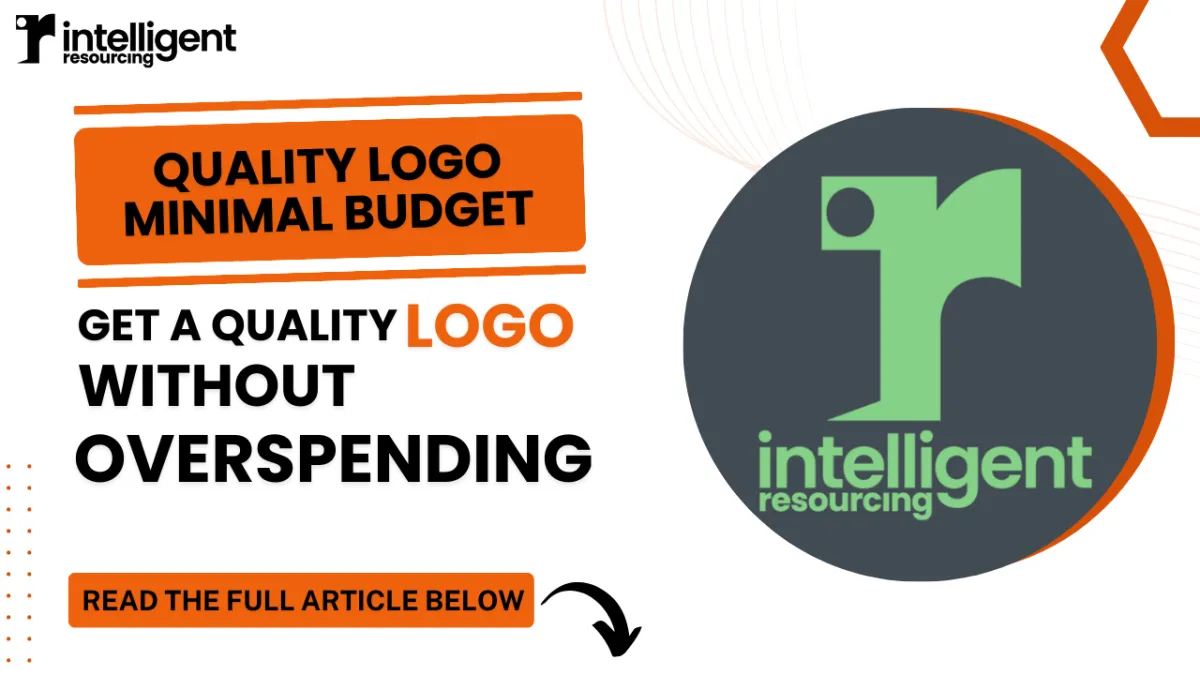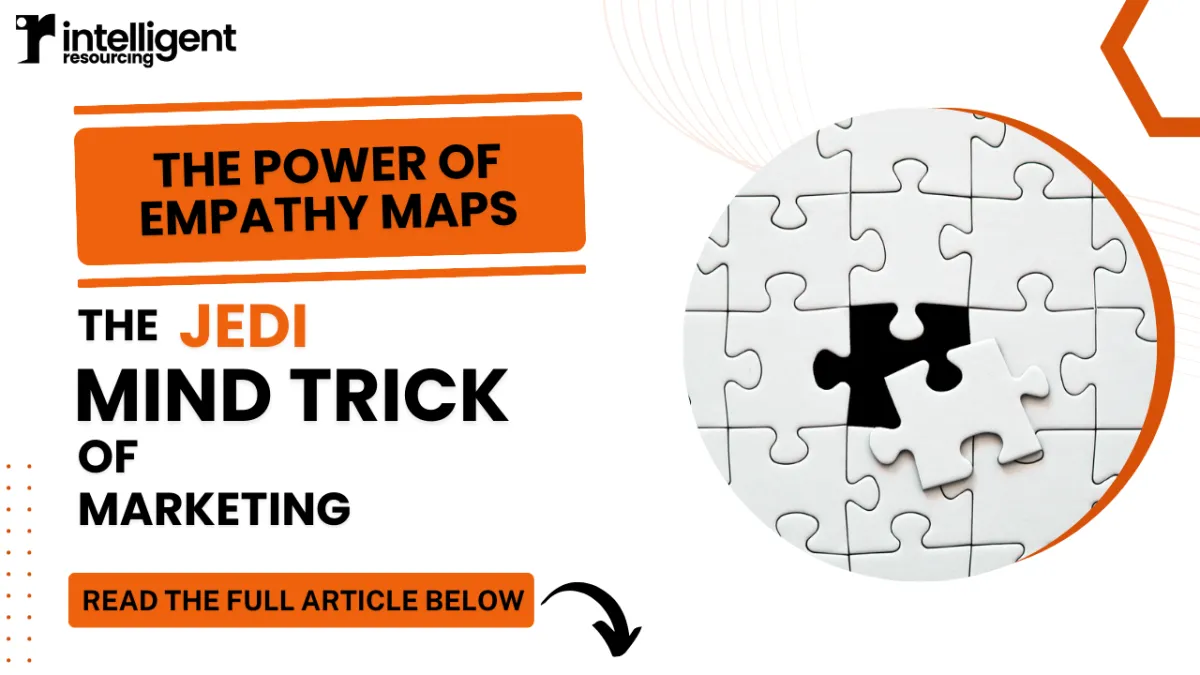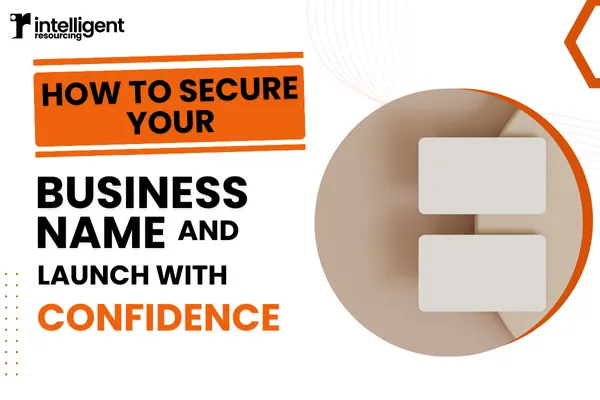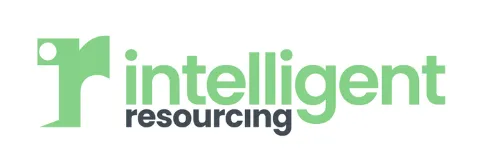
Is a Crystal Ball Effective for Cash Flow Forecasting?
When you're starting a business, there’s a lot to juggle. Among the tasks that many founders dread? Cash flow forecasting. It’s tedious, it’s uncertain, and it can feel like guesswork. But here’s the hard truth: skipping it could be a fatal mistake for your business.
Let’s break down why this ‘necessary evil’ deserves your attention—and how you can make it less painful and more practical.
What Makes Cash Flow Forecasting So Frustrating?
If you’ve ever stared at a blank spreadsheet, trying to predict your future income and expenses, you know the struggle. Creating a cash flow statement for a new business can feel like waving a finger in the air to gauge the wind or peering into a crystal ball. It’s frustrating, time-consuming, and anything but exciting.
Yet, despite its old-school reputation, forecasting remains essential. Why? Because it shows you when you’ll need extra cash, helps you plan for growth, and—most importantly—prevents you from running out of money at a critical moment.
The truth is, cash flow forecasting isn't about predicting the future perfectly. It’s about building a framework to make better financial decisions.
Where Traditional Forecasting Methods Go Wrong
Many outdated templates still found online are relics of a time when business expenses were simpler. Those templates often miss the realities of today’s businesses, like SaaS subscriptions, digital marketing costs, and remote work expenses.
Here’s how you can update your approach to cash flow forecasting for modern business needs:
Ignore Old-School Templates
Ditch the generic categories that don’t apply to your business. Focus on what actually impacts your bottom line in today’s world.Embrace Uncertainty
Forecasting isn’t about precision. It’s about creating a framework that helps you make informed decisions in a constantly changing environment.Update Your Forecast Weekly
As your business grows, new data will roll in. Keep your forecast relevant by adjusting it regularly.Focus on What Matters
Concentrate on short-term predictions. The further you look into the future, the more unreliable your numbers become.Plan for Multiple Scenarios
Create best-case, worst-case, and most likely scenarios to stay agile and prepared for whatever comes your way.
Video: How to Simplify Your Cash Flow Forecast
Why You Shouldn’t Avoid Cash Flow Forecasting
Think of your cash flow forecast as your financial roadmap. Without it, you’re driving blind, hoping you don’t run out of fuel. With it, you can plan for growth, avoid unexpected shortfalls, and make strategic decisions with confidence.
Yes, it’s uncomfortable. But embracing that discomfort will help you build a financially sustainable business.
Key Takeaways
Start with an early draft to set a clear direction for your cash flow strategy.
Embrace uncertainty—forecasting is less about precision and more about preparation.
Stay flexible and update regularly to ensure your forecast stays relevant.
What’s Your Biggest Cash Flow Forecasting Headache?
Share your challenges in the comments. Let's tackle them together!






